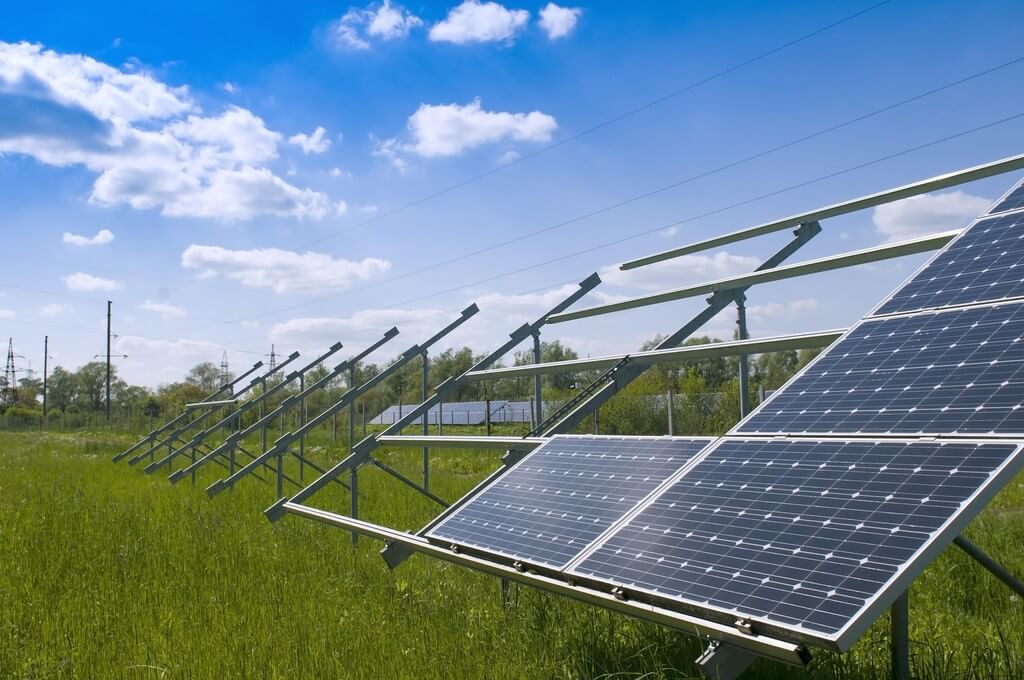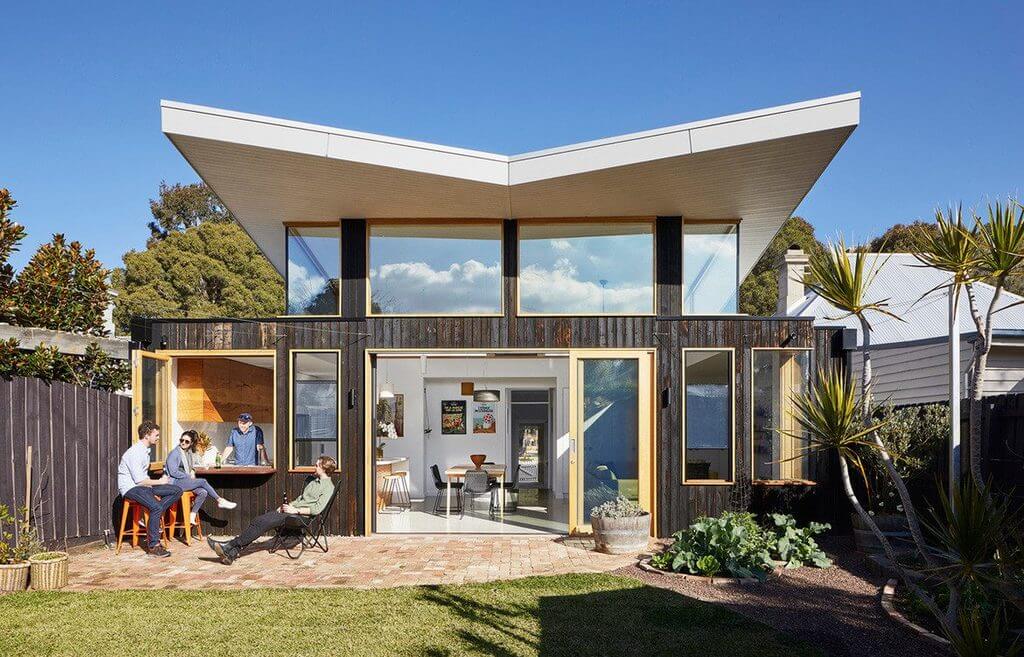This article explores the difference between active and passive energy systems and gives details of a fantastic experiment that kids aged 7 and up will love! Experiments are a great way of getting your kids interested in renewable energy and this one will certainly teach them the incredible power of the sun.
Note: Ensure children are supervised by an adult during this experiment.
What’s the Difference Between Active and Passive Energy Systems?
Solar energy is the power that is harnessed from the sun, but did you know that there are two different ways in which this energy can be used? When it comes to turning energy from the sun into electricity this is known as an active energy system.
A passive energy system does not rely on external devices and solely relies on the sun’s energy and exposure to the sun for heating and cooling effects within the home. The presence of sunlight on a building can instigate reflection, transmission, or absorption of that solar energy within the building depending on the design, choice of building materials, and placement.

To help explain this more simply, think about a rock that has been sat in the sun all day long. Once the sun goes down, the rock will still feel warm as it has stored the heat that it has absorbed from the sun. This is the same process with which a passive energy system works within a home, known as a thermal mass, the ‘rock’ like structure within a home could be a wall or part of the floor that is made out of a material that is able to absorb a large amount of heat which is then released as the air in the home starts to cool down.
This experiment explores how passive energy systems work inside the home, and demonstrates how the temperature can be controlled in this way through the use of placement to capture sunlight, color, and building materials.
Experiment
Materials
For this simple experiment, all you will need is:
– 2 balloons of the same size
– Two bottles of soda (both 1 litre)
– Bottle of black spray paint
– Bottle of white spray paint.
Step-By-Step Guide
1. Spray Paint Bottles
This bit is fun! Layout plenty of old newspaper on the floor. Grab the spray can. And carefully spray paint one bottle with black paint and one with white paint. Make sure to leave about two-3 inches clear at the spout of the bottle. This will allow sunlight to get in. They should be dry enough within 30 minutes.
2. Attach the Balloons
With the cap off, attach a balloon to each soda bottle. Stretch the balloon all the way over where the cap screws on so that is securely in place and completely air-tight. Obviously, if there are any holes in your balloon, this experiment will be a dud!
3. Give Them Some Shade
Find a patch of shade where you can leave the bottles for an hour or so. Make sure the spot you choose is not too windy otherwise they will blow over.
4. Check What Happened
After the hour is up check out the progress. Have both balloons filled with air or just one? Are they at the same stage or is one further ahead?
5. Move into the Sunshine
Now it’s time to pop them in full sunshine. Again, you can leave them in place for an hour somewhere where they won’t get knocked over.
6. Check What Happened 2
After the hour of sunshine is up, check out what’s happened now. Did you get the same results?
7. Back in the Shade
Now for the final check, pop the bottles back in the shade and check out what happens after an hour.
Interpreting Your Results

So what happened to your balloons? Whilst they should both have contained the same amount of air due to being the same-sized bottle, why did they react differently? Usually in the shade, neither balloon will fill with air. However, when placed in full sunshine, the bottle you painted black will likely have pushed air into the balloon enough to make it rise. By way of comparison, the white bottle is unlikely to do this even in the sunshine.
This is because the darker bottle is much better at attracting and retaining heat. As the air heats, it expands. This is because molecules in the air move farther apart as they heat, taking up more room. Warm air is also much less dense than cold air, meaning that the hot air rises into the balloon, pushing the cold air from inside the balloon down into the bottle.
Finally, when the bottles cool again in the shade, any air that has made its way upwards will drop down into the bottle.
Conclusion
So do black or white surfaces absorb more heat? Is hot air more or less dense than cold air? And what else can this energy transfer be used for? If you try this fun experiment for kids, you’ll find the answer to these questions and more. You’ll also learn that the power of the sun really shines through.
To get more information:-

